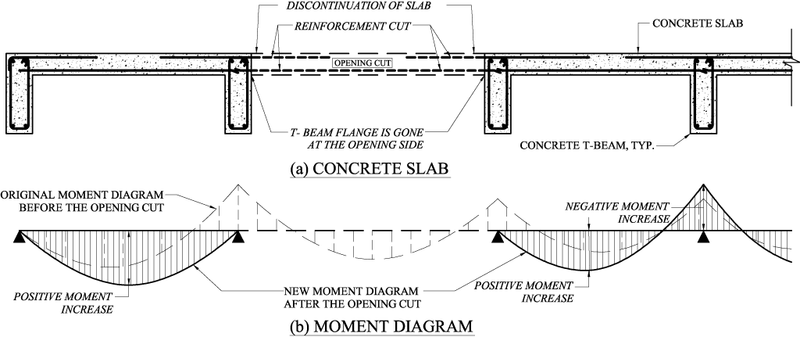Mechanicslearner
Structural
Hello,
I am designing flat slab for G+2 college building. The area is 12 x 25 metres and is it possible to design flat slab by providing column only at edges but not in the middle? I designed using staad pro by giving columns at edges and deflection is within allowable limits (DL + LL) so maximum span of 12 metres is allowed for flat slabs? please let me know
I am designing flat slab for G+2 college building. The area is 12 x 25 metres and is it possible to design flat slab by providing column only at edges but not in the middle? I designed using staad pro by giving columns at edges and deflection is within allowable limits (DL + LL) so maximum span of 12 metres is allowed for flat slabs? please let me know

